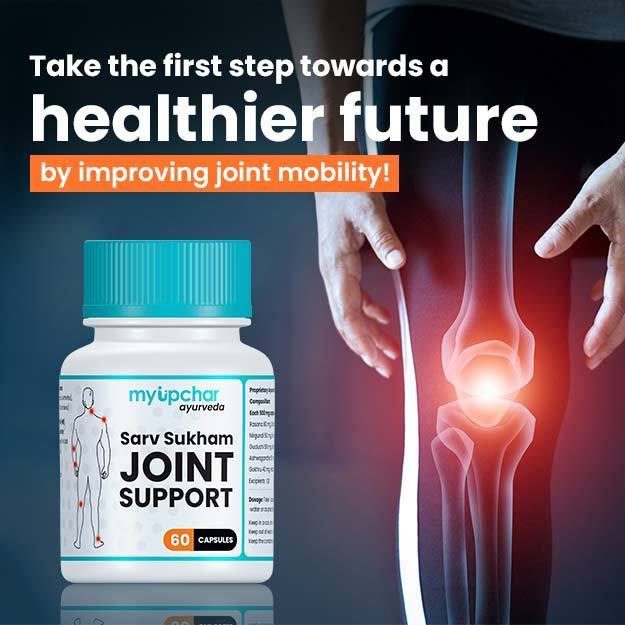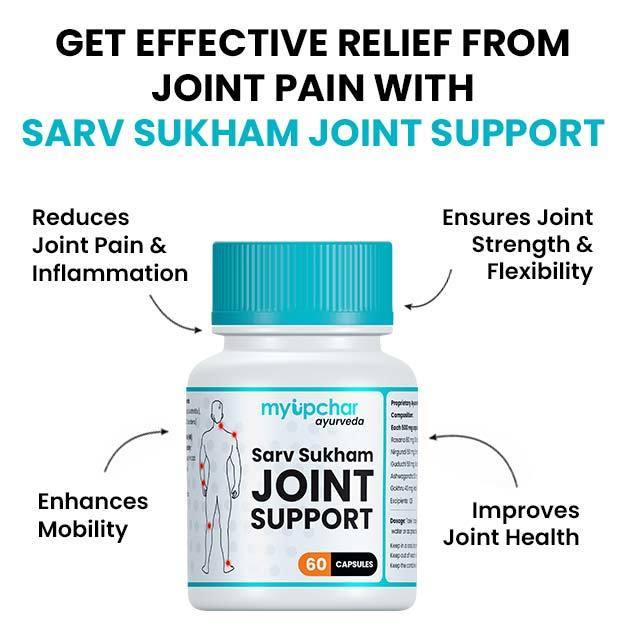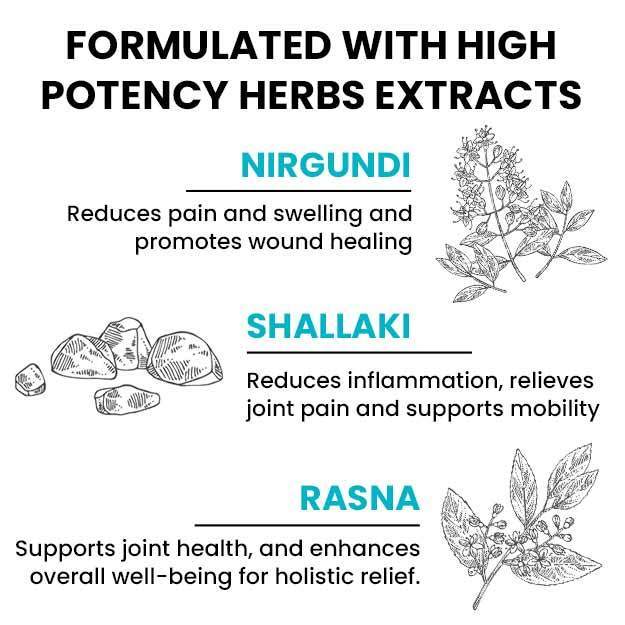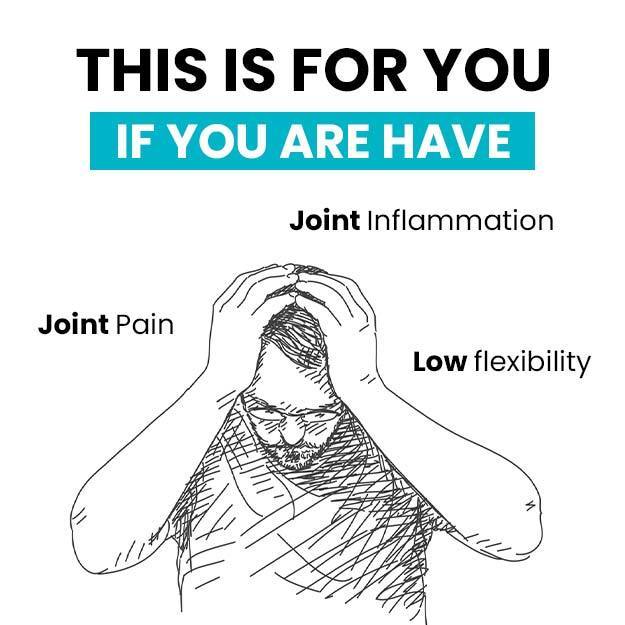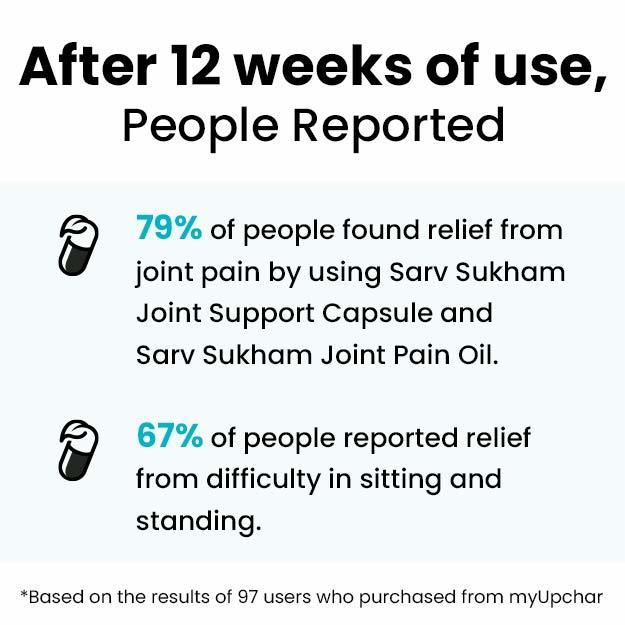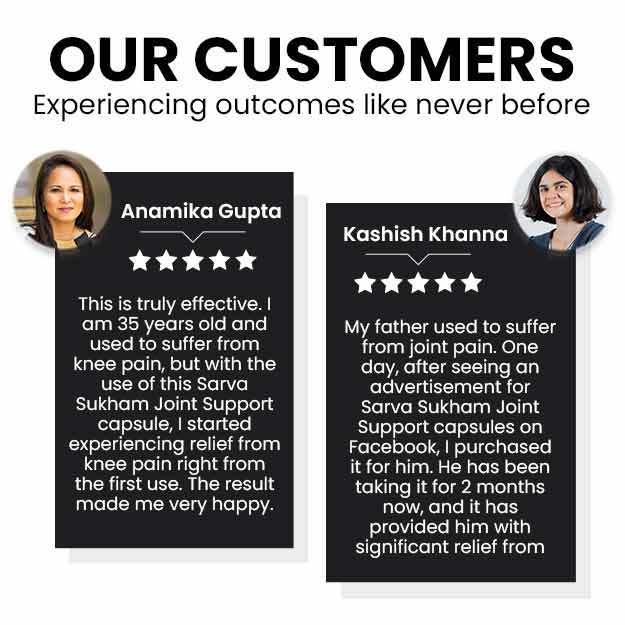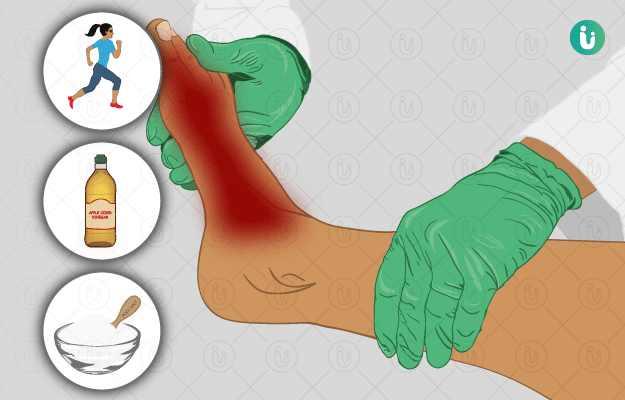Leg pain, also referred to as pada shula in Ayurveda, is a symptom caused due to overuse, injury or sprain in leg muscles or bones. However, health conditions such as sciatica, rheumatoid arthritis, osteoarthritis, gout, claudication, varicose veins, osteoporosis and fractures may also lead to leg pain. The exact treatment for leg pain includes identification and alleviation of the underlying cause.
Ayurvedic treatments for leg pain comprises therapies such as nidana parivarjana (avoiding the causes), snehana (oleation), swedana (sudation or sweat therapy), virechana (purgation), basti (enema), raktamokshana (bloodletting), agni karma (thermal cauterisation) and lepa (coating the affected body part with medications). Herbs and medicines that relieve leg pain by reducing pain, inflammation, and swelling include ashwagandha (Indian ginseng), asthisanharaka (veldt grape), guggulu (Indian bdellium-tree), laksha guggulu, arogyavardhini vati, and kaishora guggulu.






